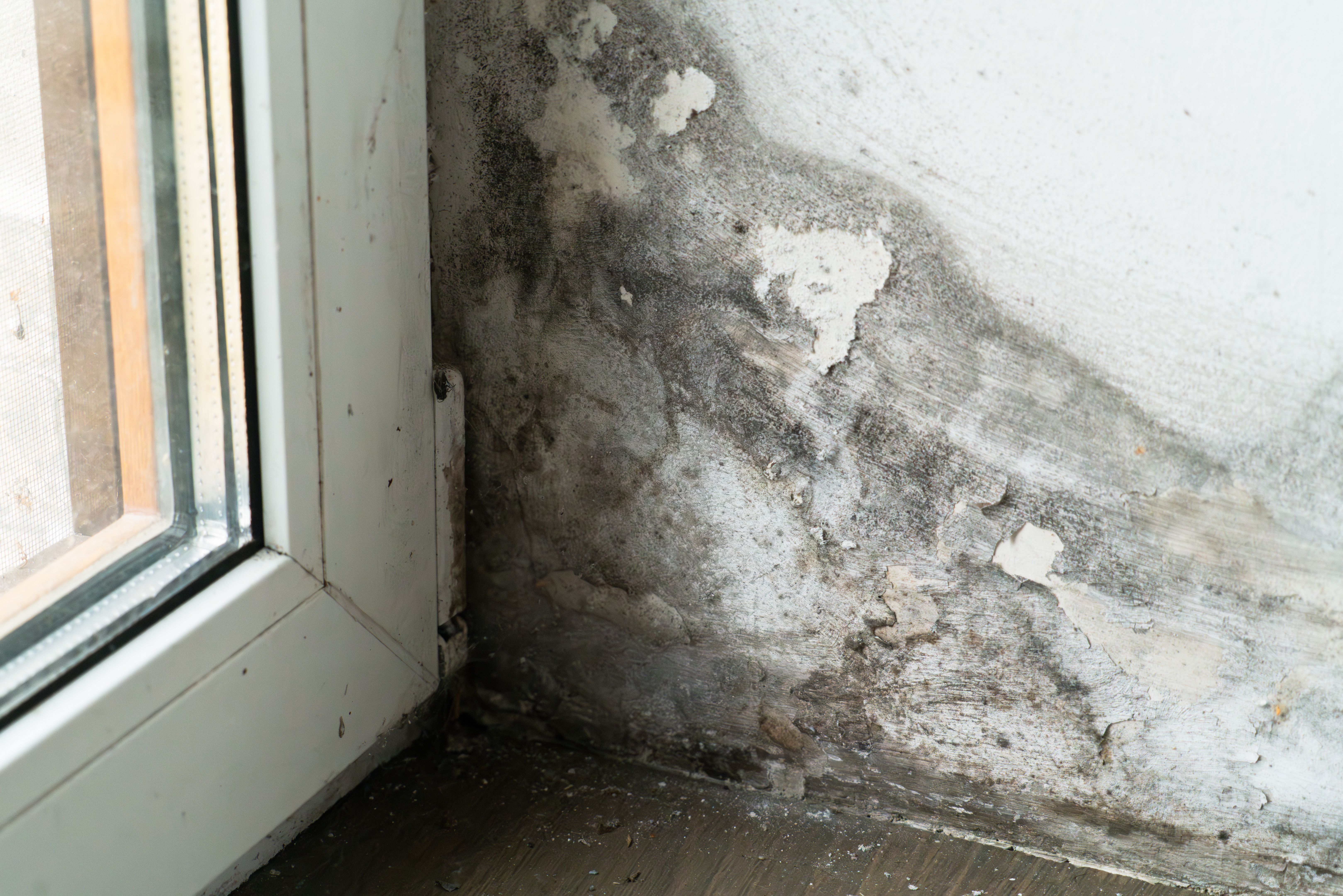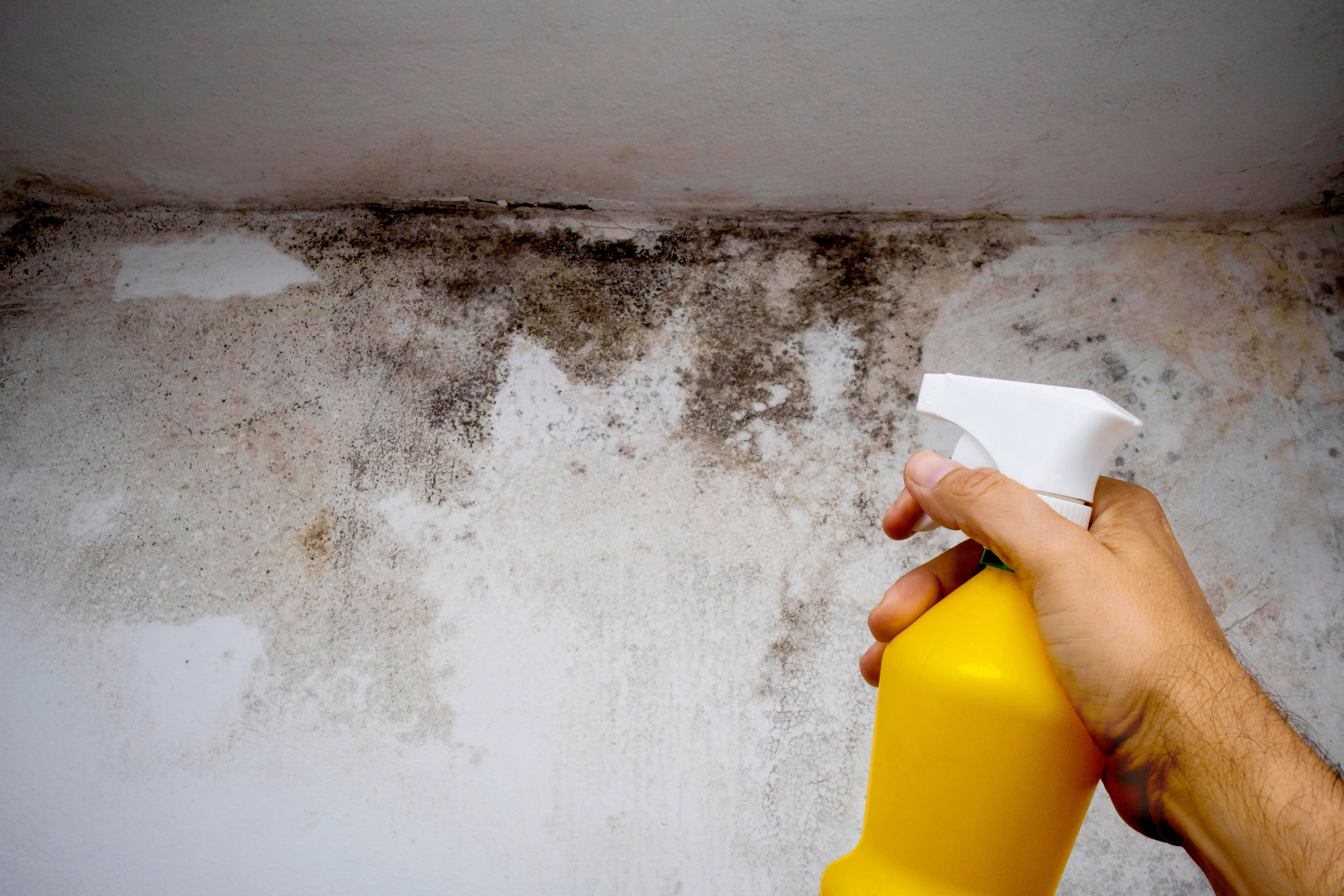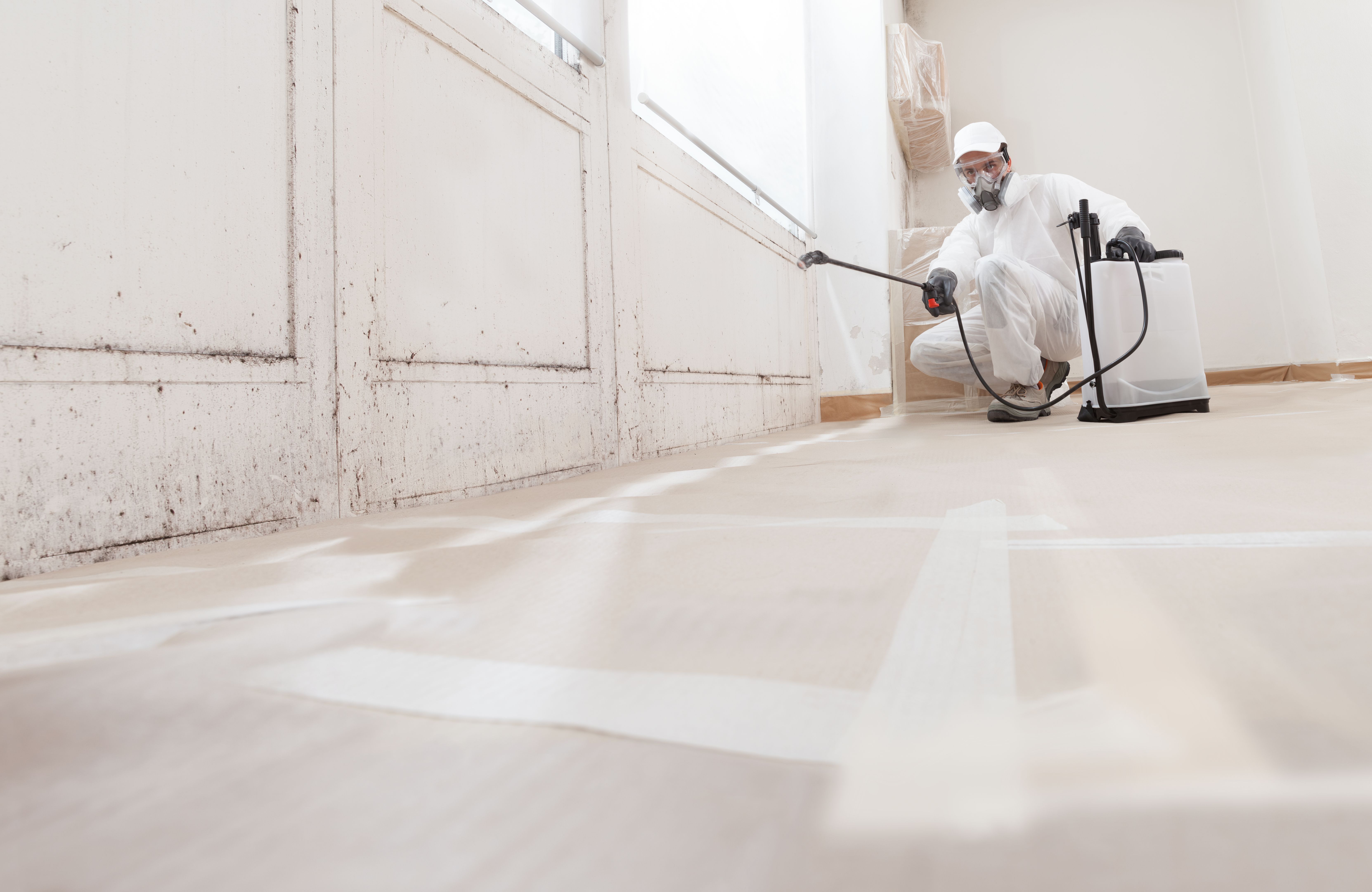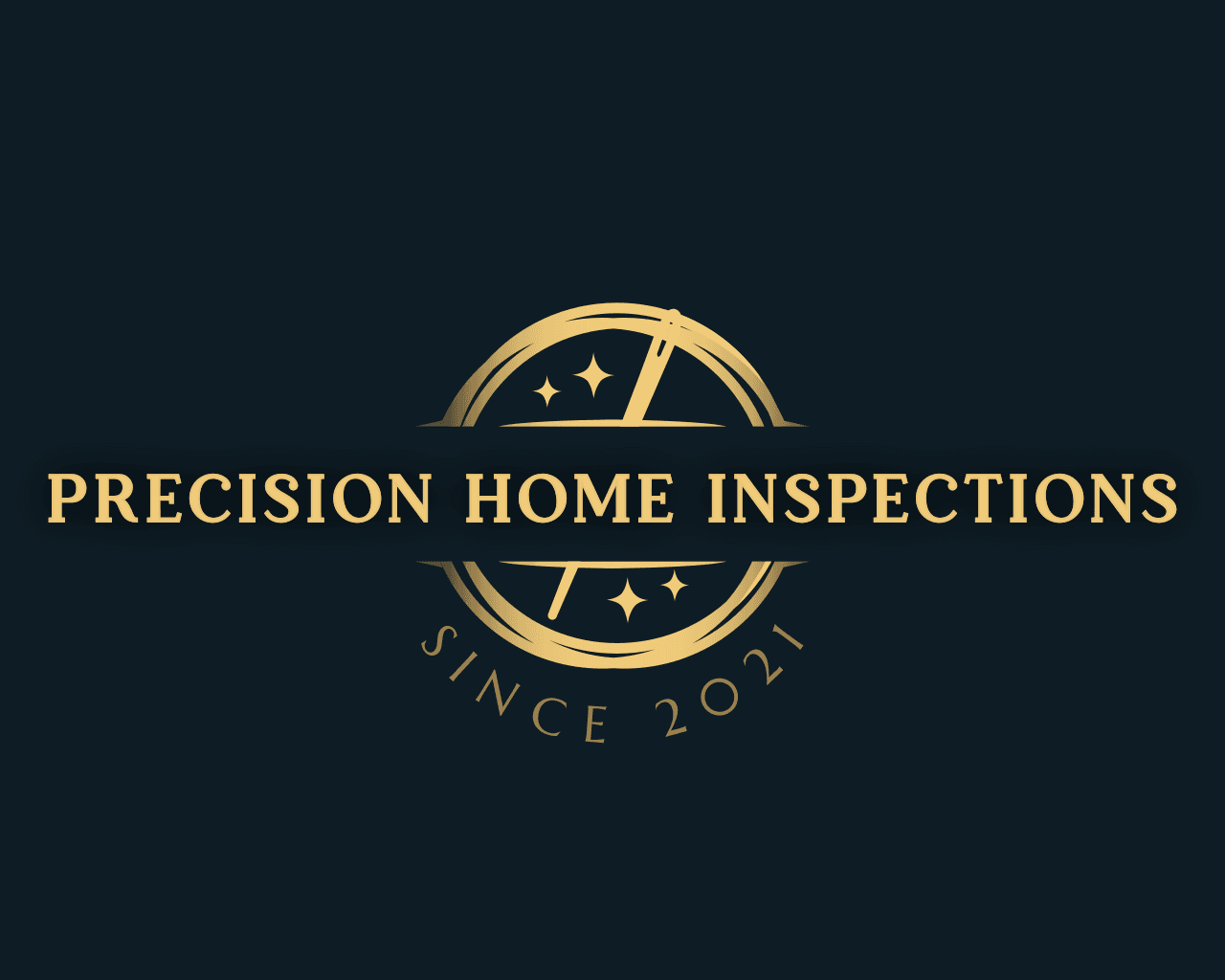Mold Assessment: What Homeowners Need to Know
jk
Understanding Mold Assessment
Mold assessment is a critical process for homeowners, particularly those living in areas prone to humidity. Identifying mold early can prevent health issues and structural damage to your home. Understanding what mold assessment entails and its importance can help you maintain a safe and healthy environment.
Mold can grow indoors on wet or damp surfaces, including walls, ceilings, and floors. It’s crucial to address mold problems quickly to prevent further complications. A professional mold assessment can identify the extent of mold growth and recommend appropriate remediation methods.

Signs You Need a Mold Assessment
Homeowners should stay vigilant for signs indicating the need for a mold assessment. These signs can include visible mold growth, a musty odor, or increased allergy symptoms among household members. Additionally, if you've recently experienced water damage, a mold assessment is advisable.
Another indicator is if your home has high humidity levels, as mold thrives in damp environments. Monitoring humidity levels with a hygrometer can help you keep conditions unfavorable for mold growth.
Health Implications of Mold
Mold exposure can lead to various health issues, especially for individuals with respiratory conditions or allergies. Symptoms can range from mild irritation to severe respiratory problems. Ensuring that your home is mold-free can significantly improve indoor air quality and overall health.

The Mold Assessment Process
A professional mold assessment typically involves a visual inspection, air quality testing, and surface sampling. These steps help determine the mold type and concentration, guiding the remediation plan. Hiring a certified mold assessor ensures that you receive accurate and reliable results.
During the assessment, experts may use specialized equipment to detect hidden mold in areas like behind walls or under floors. This comprehensive approach ensures that no mold goes unnoticed.
Choosing a Mold Assessment Professional
When selecting a mold assessment professional, ensure they are certified and experienced. Check for reviews or recommendations from previous clients. A reputable expert will provide you with a detailed report.
Preventing Mold Growth
Prevention is key to avoiding mold issues. Regularly inspect your home for leaks or water damage and address them promptly. Using dehumidifiers in damp areas like basements can also help maintain low humidity levels.
Additionally, ensure your home is well-ventilated, especially in areas prone to moisture, such as bathrooms and kitchens. Proper ventilation can significantly reduce the risk of mold growth.
Conclusion
Mold assessment is an essential step in maintaining a healthy home environment. By understanding the signs of mold, choosing the right professionals, and implementing preventive measures, homeowners can effectively manage and prevent mold issues. Prioritize regular assessments to ensure your home remains a safe and comfortable place for you and your family.
